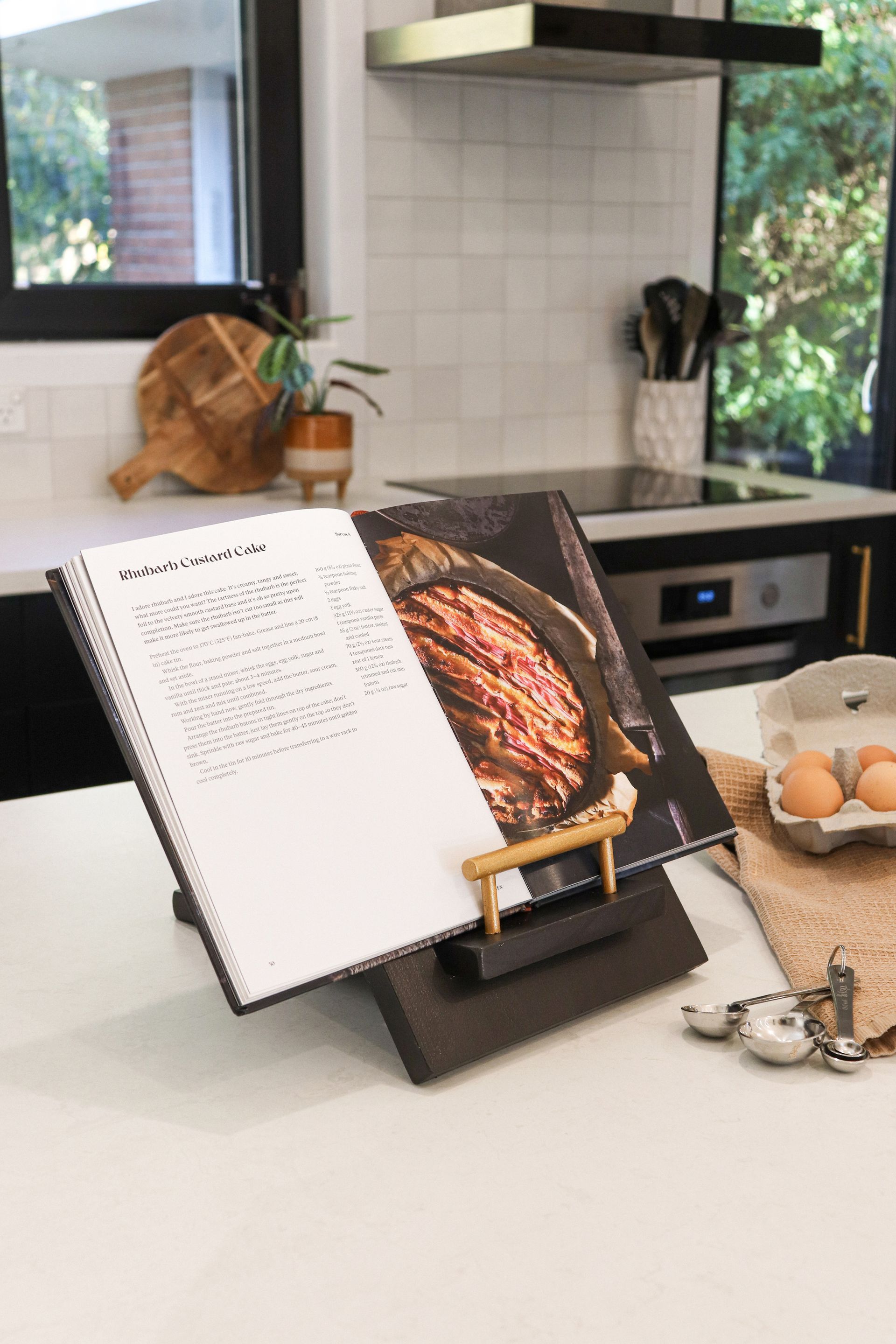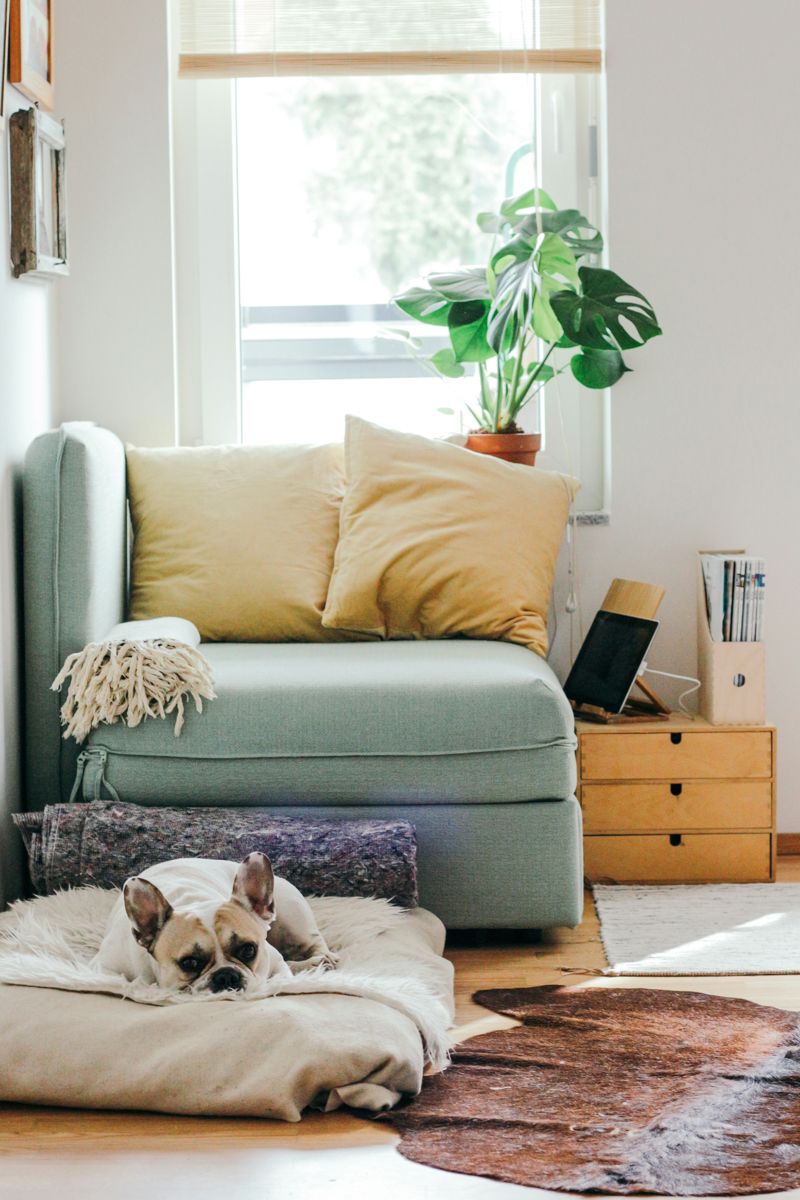Nestled between Akaroa and the sprawling hills of the Banks Peninsula lies Big Sky, French Farm – a hosted eco-stay offering heart-stopping scenery and sublime gastronomy.
Of humble origins, the story of Big Sky begins on the Israeli/Egyptian border. Then in their twenties, Erin Jamieson and Dave Dunlay met at a backpackers and spent some of their earliest dates on long, dusty buses to Cairo, sailing down the Nile, and paying their way with traveller’s cheques. The romance lasted six wild weeks but when the travelling ended the pair went their separate ways. A few months later a meeting at a London tube station brought them together again, but this time it stuck – they packed up their rucksacks and after spending time in Australia, headed back to New Zealand to raise their family.
It’s their love for travel that has fuelled the creation of their yurt glamping business Big Sky, although these days their taste is a little more refined. The luxury of Big Sky is a far cry from the London squats and Tel Aviv backpackers they roughed in their youth.
Set among expansive green fields lie Sirius and Canopus, Big Sky’s two yurts named after the brightest stars in the southern hemisphere. A marriage of boutique camping and the outdoor New Zealand experience, these cosy and spacious yurts have kept with the theme of Akaroa – their décor reminiscent of rustic, French farmhouses. The yurts are handcrafted in Golden Bay using ethically sourced materials and lined with natural wool, so they keep the warmth in without jeopardising guests’ proximity to nature.
There’s a certain feeling of peace that a night in a yurt evokes, curled up in bed under a pile of blankets while the creatures of the darkness rustle around outside. It’s a sleep like no other. With mattresses guests can melt into and a Milky Way that bedazzles the sky, it’s the perfect blend for a weekend of serenity.
There is plenty to do around French Farm. Barrys Bay Cheese is only minutes away and people often stop there for a cheese tasting and to pick up a few treats for a picnic on the beach. In Akaroa you can wander the cobbled streets and learn the history of the French settlement and the Māori tribes that lived there before.
At Big Sky the days are for enjoying New Zealand past and present, but the nights are when the fun really begins. In the evenings guests are welcomed into Dave’s barbecue shack, where he’s better known as Smokie D.
Whether it’s devouring charcoaled kebabs in Singapore or chatting to pit masters in America, throughout his travels Dave has never strayed far from a good ol’ barbecue. And despite a career in radio and media it seemed a natural progression when he eventually took a culinary course in Sydney and returned home to start up his barbecue shack at Big Sky.
It’s in Dave’s outdoor kitchen that the real magic happens – the flavours of Aotearoa come together over open flame. The menu is ever-changing, following the flow of the seasons, but think beer-can chicken or smoky Akaroa Salmon; wild fennel or pork ribs cooked low and slow over manuka wood chips. The food is always fresh, and dietary requirements can be catered for so guests can sit back and enjoy the show as Dave guides people through a three-course culinary odyssey.
Magical countryside and nights under vast skies leave guests feeling relaxed and refreshed. In the morning guests can cradle hot coffees and enjoy breakfast. With so much to give, Big Sky leaves no stone unturned. Bellies are full, eyes are feasted, hearts are warm and minds relaxed. An authentic Kiwi experience for nature lovers, pleasure seekers and foodies alike.
Recent stories



All Rights Reserved | CountryWide Media





